
8-24 #Congrates : MediaTek has announced it is working closely with Meta’s Llama 2; Samsung aims to proceed with an annual Galaxy S FE launch; Honor will soon launch its new smartphones in India under the brand HonorTech; etc.

Global governments are securing graphics processing units (GPUs) for AI development, with countries like UK and Saudi Arabia investing heavily. Saudi Arabia and UAE have purchased thousands of Nvidia’s H100 chips for AI research and innovation, despite the high cost of USD40,000 per chip. The UK government has committed GBP100M for ordering key components from Nvidia, AMD, and Intel to enhance the country’s AI capacity. The United Kingdom aims to build an “AI Research Resource” by mid-2024 as part of British Prime Minister Rishi Sunak’s plan to make the country an AI tech hub. UK is ordering 5,000 Nvidia GPUs. (CN Beta, Telegraph, The Guardian, Beincrypto, Coin Telegraph, TechNews)
As part of the 2023 fall product release schedule, Apple is anticipated to introduce the M3 generation for Apple Silicon. Bloomberg’s Mark Gurman offers caution that the roadmap can still be different from what Apple actually launches, since what Apple tests internally could vary wildly compared to what the public gets to purchase. (CN Beta, Apple Insider, Bloomberg)
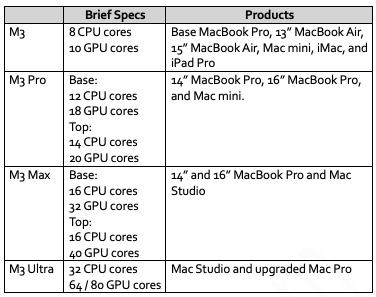
Apple is allegedly developing the A19 Bionic and M5, which only means that work on the A18 Bionic and M4 might be nearing completion. Some companies are designing chips and products up to 5 years in advance, and while some make the cut and enter mass production, others do not. However, even if the A19 Bionic and M5 are under development, putting them into the mass production phase is easier said than done. (Phone Arena, WCCFtech, Twitter)
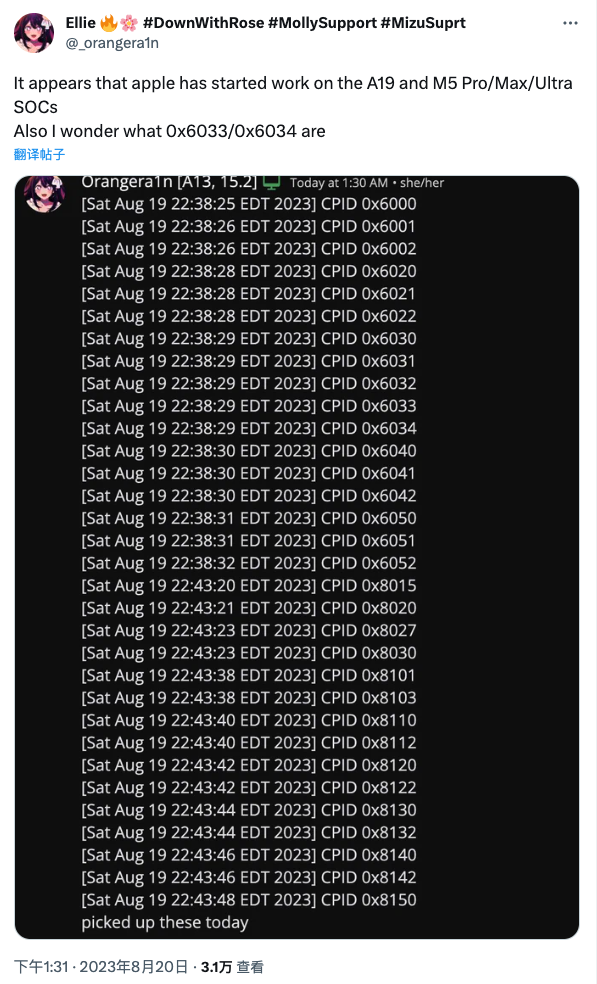
MediaTek has announced it is working closely with Meta’s Llama 2, the company’s next-generation open-source Large Language Model (LLM). Utilizing Meta’s LLM as well as MediaTek’s latest APUs and NeuroPilot AI Platform, MediaTek aims to build a complete edge computing ecosystem designed to accelerate AI application development on smartphones, IoT, vehicles, smart home, and other edge devices. Presently, most Generative AI processing is performed through cloud computing; however, MediaTek’s use of Llama 2 models will enable generative AI applications to run directly on-device as well.(Android Authority, PR Newswire, T3)

Foxconn is producing over half of Nvidia-based AI hardware and is benefiting from the brand’s dominance in the artificial intelligence (AI) field. According to Liu Yangwei, the chairman of Foxconn, the company now produces over 70% of AI servers sold globally. Nvidia’s compute GPU modules, such as the A100, A800, H100, and H800, are also manufactured by Foxconn. The company is also expanding its production to servers and server cabinets, which does not include Nvidia orders only.(Android Headlines, UDN, Tom’s Hardware, CTEE)

According to the Taiwan media Commercial Times, the spot price of silicon wafers began to fall in 1H23, and continued to decline in 2H23. Due to weak demand, more and more customers requested delayed shipments, and it may be extended until 2025. The reasons for the sluggish demand in the silicon wafer industry are mainly due to the continued sluggish demand for consumer electronics, conservative IC design orders, major fabs are conservative about 3Q23, and there is no obvious peak season effect, while storage plants are still reducing production. The inventories of large fabs and storage plants continued to hit record highs. Previously, the research institution TECHCET predicted that due to the overall slowdown of the semiconductor industry, the overall shipment of silicon wafers in 2023 will drop by 7%. Supply and demand pressure in the 300mm wafer market and achieved a balance between supply and demand, while total wafer shipments are expected to rebound and grow by about 8% in 2024. (CN Beta, ESM China, CTEE, IT Home, SemiMedia, TECHNET)
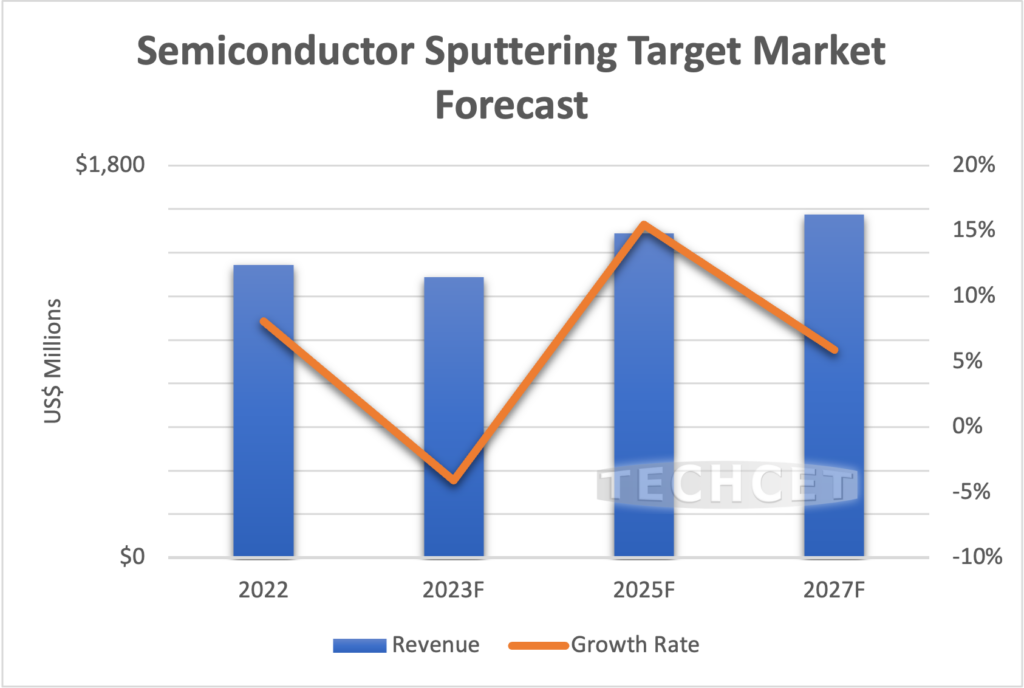
The Taiwan Semiconductor Manufacturing Company (TSMC)’s 2nm chip manufacturing plant slated to start construction in Taiwan’s Taichung City will not be able to start construction by the end of 2023, according to the director of the agency responsible for managing science and technology infrastructure in the island. TSMC planned to build two 2nm sites in Taiwan, with the first in Hsinchu City. However, the firm confirmed earlier 2023 that it would also manufacture the next-generation chips in the island’s Kaohsiung City as well, and it appears that this decision has been motivated by delays in the approval for the Taichung site. The main hurdles surrounding the 2nm site in Taichung revolve around the plant’s water and electricity needs.(CN Beta, Tom’s Hardware, WCCFTech, UDN)
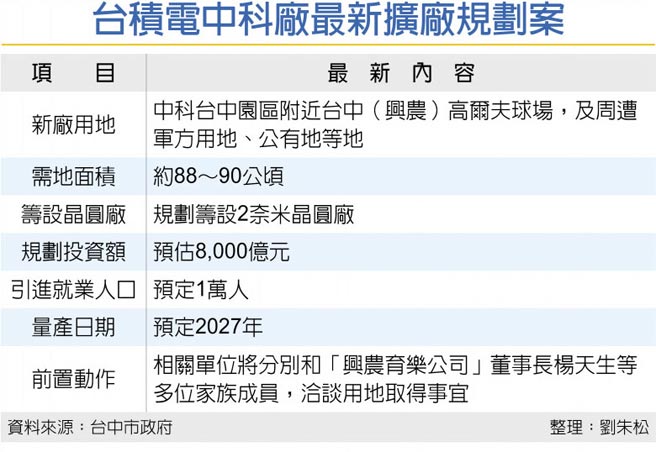
The market conditions of mature semiconductor manufacturing processes are weak, and the price discounts offered by wafer foundries have not been effective. In order to further reduce costs, South Korea’s major wafer foundry manufacturers, led by Samsung, have started “warm shutdown” for some mature process production lines , and the “warm shutdown wave” has also spread to Taiwan-based factories such as UMC, VIS, and PSMC, highlighting that the industry expects that the poor order situation will not be improved in the short term, and the mature process market is chilly. Samsung, Key Foundry, and SK Hynix’s SK Hynix System IC and other South Korean wafer foundries have recent capacity utilization rates of only 40%-50%. In response to weak terminal demand, the above-mentioned three South Korean wafer foundries have decided to turn off the power of some mature process equipment and carry out “warm shutdown”, highlighting the continued downturn in the mature process of wafer foundries. (UDN, QQ, Yahoo, Zhihu)
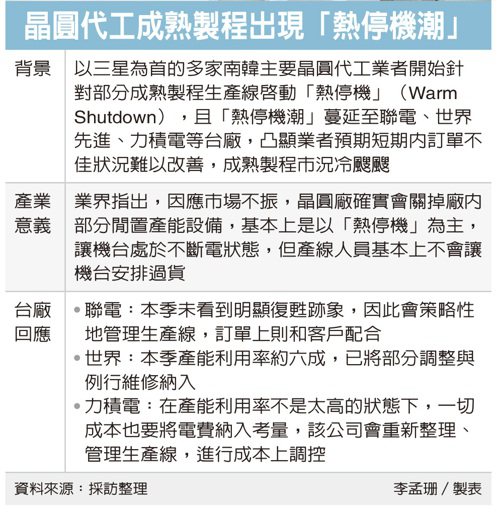
Qualcomm has announced the all-new Snapdragon G Series handheld gaming portfolio, which spans three tiers: G1, G2 and G3, with Snapdragon G3x Gen 2 Platform as the newest enthusiast-class processor. Snapdragon G1 focuses on lag-free connectivity and battery life. The first member of the Snapdragon G1 family is the Snapdragon G1 Gen 1 Platform has a Qualcomm Kryo CPU (8 Core) paired with the Qualcomm Adreno A11 GPU. Snapdragon G2 is built to unlock full-featured mobile and cloud gaming. The Snapdragon G2 Gen 1 Platform features the latest Kryo CPU (8 Core), a gaming-optimized Adreno A21 GPU, and the Snapdragon X62 5G Modem-RF System. Snapdragon G3 is the flagship tier. The Snapdragon G3x Gen 2 Platform has a Kryo CPU (8 Core) and Adreno A32 GPU offering over 30% faster CPU performance and a whopping 2x faster GPU performance compared to its predecessor.(Android Central, Qualcomm, CN Beta)

Volkswagen has begun purchasing strategically important chips it believes will be in short supply globally directly from 10 manufacturers including NXP Semiconductors, Infineon Technologies and Renesas Electronics. The German carmaker, which previously relied on its component suppliers to purchase chips, began striking direct deals with chipmakers in Oct 2022 to ensure its supply was secure, according to Karsten Schnake, head of a Volkswagen-wide taskforce for component supply founded in 2022. Volkswagen and Franco-Italian chipmaker STMicroelectronics announced plans in Jul 2022 to co-develop a new semiconductor, marking VW’s first direct relationship with a second- and third-rank semiconductor supplier.(Volkswagen, Reuters, CN Beta)

According to DSCC, the shipment volume of foldable devices reached 2.2M units in 2Q23. That is a 42% YoY growth from the same period in 2022. The figure is also 16% higher than that for 1Q23. DSCC projects sales to reach a new high in 3Q23. As usual, Samsung was the world’s biggest foldable smartphone brand this past quarter. However, its market share declined sharply to just 32%, which is a new low for the Korean brand. The company has just released its latest folding phones, the Galaxy Z Fold 5 and Galaxy Z Flip 5. By the end of 3Q23, Samsung’s foldable share is estimated to be at around 75%. (Android Headlines, DSCC, Twitter)
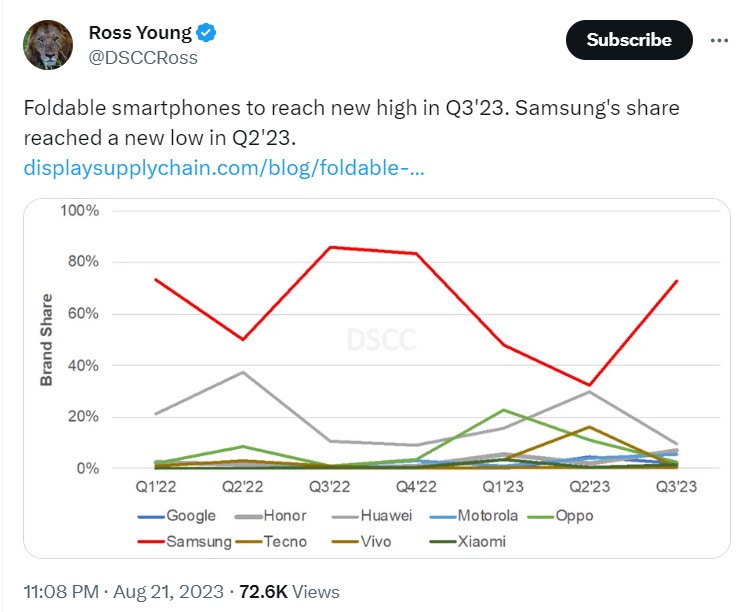
Samsung has announced the launch of the world’s first gaming title featuring the High Dynamic Range (HDR) 10+ GAMING standard created by HDR10+ Technologies. The new title, “The First Descendant” was developed by NEXON. “The First Descendant” is the first gaming title that will fully leverage the HDR10+ GAMING standard. HDR10+ GAMING provides gamers with the ultimate HDR game experience through deeper color, contrast and brightness. It also enables more accurate depiction of details in dark shadows and bright highlights, which allows users to fully engage in their gaming adventure. (Gizmo China, Samsung, Qooah, DisplayDaily)


SK Hynix said it has developed HBM3E, the industry’s best-performing DRAM chip for artificial intelligence (AI) applications, and has provided samples to its client Nvidia for performance evaluation. HBM3E, the extended version of HBM3, or high bandwidth memory 3, is the fifth-generation DRAM memory, succeeding the previous generations – HBM, HBM2, HBM2E and HMB3. SK Hynix said it plans to mass-produce the latest DRAM chip in 1H24 to solidify its “unrivaled leadership in the AI memory market”. The HBM3E chip can process data up to 1.15 terabytes (TBs) a second, equivalent to processing more than 230 full-HD movies of 5 gigabytes (GBs) in a single second. (CN Beta, WCCFtech, Yahoo, KED Global)
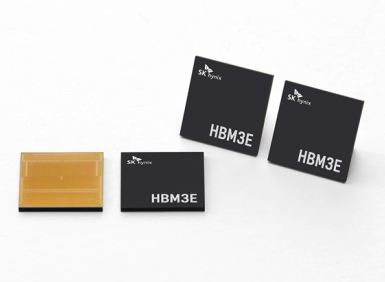
A slow recovery in demand for NAND flash memory compared to DRAM has put the semiconductor industry, including Samsung Electronics and SK hynix, into a hard spot. This is because the growth of the artificial intelligence (AI) industry leading to the improved profitability of DRAM is begetting a negative side effect of dampening demand for NAND flash. Samsung Electronics and SK hynix have seen a significant increase in their semiconductor inventory in 1H23. Samsung Electronics and SK hynix are planning to manage their inventory by cutting additional NAND flash production in 2H23 to prevent the slump in the NAND flash market from negatively affecting the DRAM market, which has started to rise. Samsung Electronics said it will continue to cut NAND flash-centered memory semiconductors in 2H23. SK hynix announced a plan to further reduce NAND production by 5-10% in 2H23. (CN Beta, Business Korea, The Paradise, Digitimes)
Quinas Technology, a company based at Lancaster University, has developed ULTRARAM, which is a new type of “universal memory” that can exceed the longevity of SSD’s flash storage and match the read / write speeds of system memory but with a lower power demand. Data stored in ULTRARAM should still be accessible after more than 1,000 years. (Liliputing, Quinas, TechRadar, PCGamer)

AMD has reportedly settled a deal with Samsung to utilize its cutting-edge HBM3 memory and the respective packaging technology for MI300X GPUs. AMD will launch Instinct MI300X in 4Q23, which combines CPU, graphics processing unit (GPU) and HBM3. Samsung is also working on technical verification of HBM3 to provide the semiconductors and packaging services to global chip designer Nvidia. Samsung is aiming to unveil HBM3P, a fifth-generation HBM chip, in 2H23 and more than double the current HBM production capacity and advanced packaging services in 2024. (CN Beta, WCCFtech, KED Global)
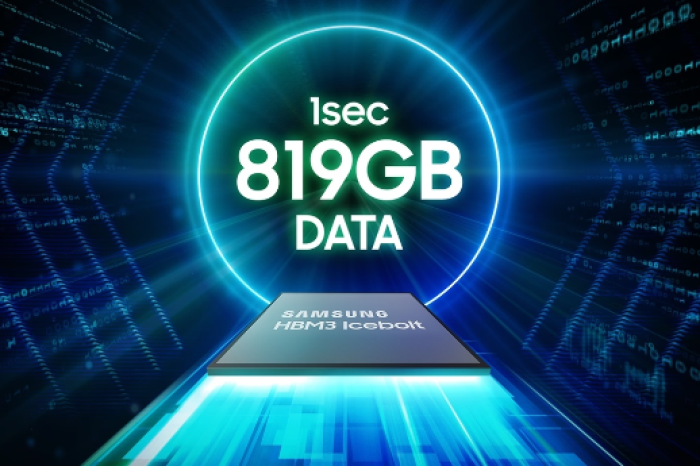

A placeholder UI has been spotted in the Google Messages app, which previews its upcoming satellite connectivity support for sending emergency SOS messages. It appears that users will be able to customize an SOS message instead of simply sending a preset phrase. Google has already announced that Android 14 will enable smartphones to communicate directly via satellite connectivity. (Android Central, Twitter)

SK Telecom, South Korea’s dominant mobile carrier and sibling of chipmaker SK hynix, has declared that 5G was over-hyped, has under-delivered, and has failed to deliver a killer app. SK Telecom argued that some of the goals set out by the UN’s international standardization org ITU-R for 5G were met, but many tasks are still far from completion four years into the technology’s commercial deployment. Those goals were meant to be realized in the long term – but that expectation was not accurately conveyed to consumers, leading to “excessive expectations”. SK Telecom has pointed to a 70% reduction in data cost per gigabyte compared to LTE. Customers on 5G therefore use 50 percent more data than those tied to the previous generation standard. SK Telecom suggests 6G – which is already in development and expected to debut in 2030 – can avoid the mistakes made with 5G. (CN Beta, The Register, SK Telecom)
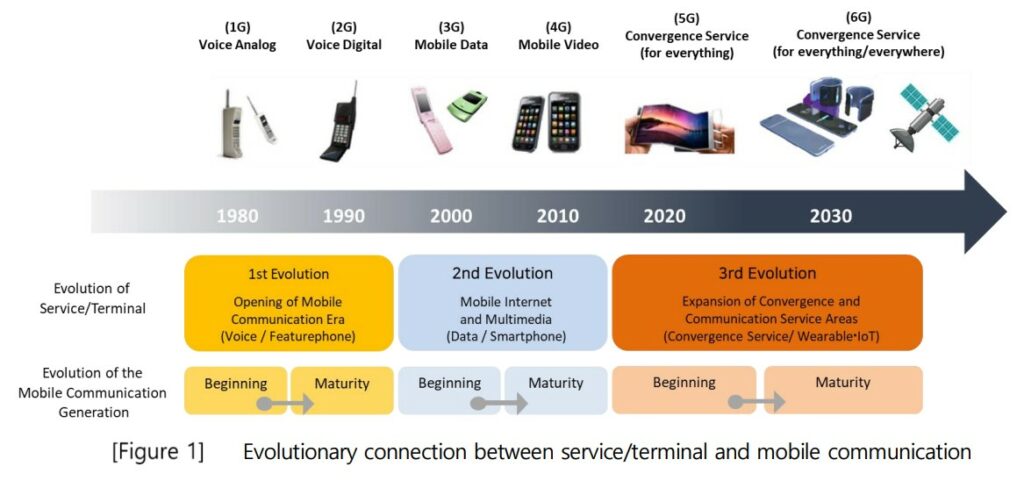

Samsung Galaxy S24 and S24 Plus, which are expected to be launch in 1Q24, are reportedly to feature flattened edges, similar to Apple iPhone 14. Samsung Galaxy S24 Ultra frame design may diverge from that of the S24 and S24+. It is possible that the S24 Ultra model might adopt an edge panel design to establish its uniqueness in terms of design attributes when compared to the S24 and S24+. (Gizmo China, Twitter)
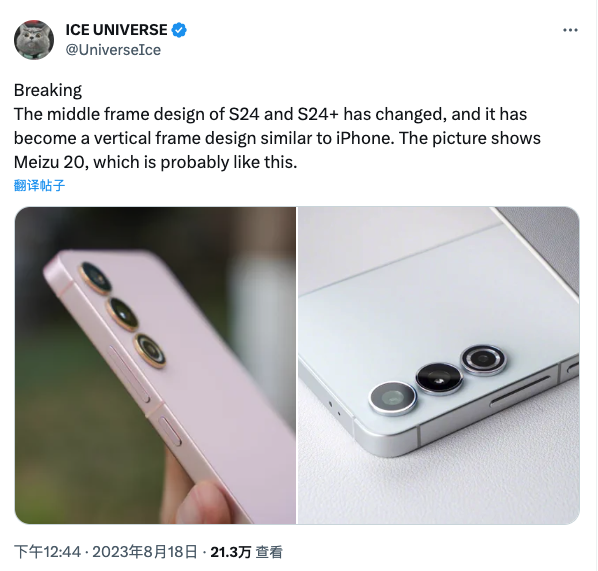

Samsung aims to proceed with an annual Galaxy S FE launch, starting with the Galaxy S23 FE. Additionally, the company aims to work on more affordable foldable smartphones, which have yet to offer a pocket-friendly solution, but that will happen after the Galaxy Z Fold6 and Galaxy Z Flip6 launch. Similar to the Galaxy S FE name, Samsung may introduce a brand new lineup called Galaxy Z FE. (CN Beta, ePrice, WCCFTech, Twitter)
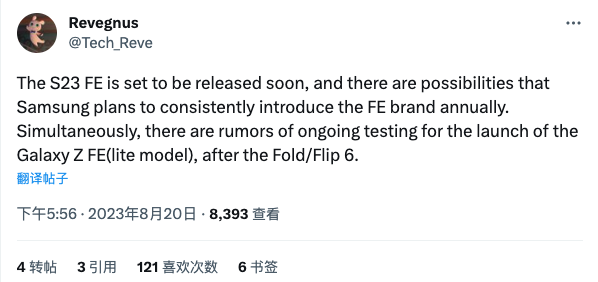
Honor has confirmed that it will soon launch its new smartphones in India under the brand HonorTech. The company has announced that it has joined hands with PSAV Global to expand the Honor smartphones’ network in India. This collaboration will allow HonorTech to select its product, partners, manufacturing, services and distribution networks for the Indian market. Honor presently offers its tablets, laptops, and wearables in India via PSAV Global on Amazon.in. PSAV offers a widespread network of over 5,000 retailers and distributors that span more than 100 cities. (Gizmo China, GSM Arena, India Times)

Xiaomi has announced that its upcoming Redmi K60 Extreme Edition is the first Xiaomi phone to promise 4 generations of Android updates and 5 years of security updates. The phone is also going to be the first in line for MIUI 15.(GizChina, Android Authority, Weibo, GSM Arena, Sohu)
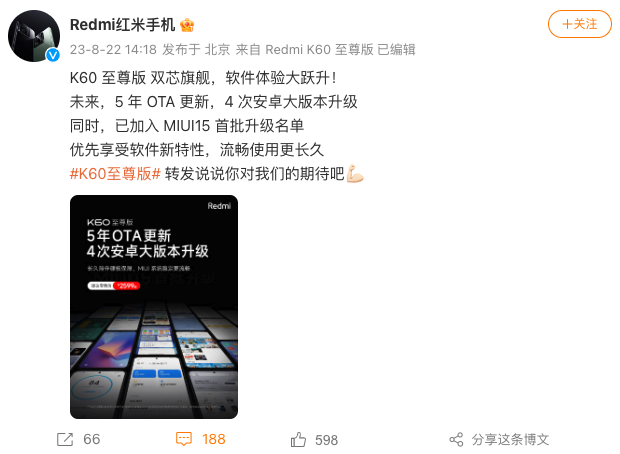

Samsung is reportedly developing a new Bluetooth earphone with the model number SM-R400N. This can be a standard Galaxy Buds 3 version or an FE (Fan Edition). The new Buds can launch in the same timeline as the Galaxy S23 FE, which was recently spotted on BIS with the model number SM-S711B/DS. (Gizmo China, GalaxyClub)
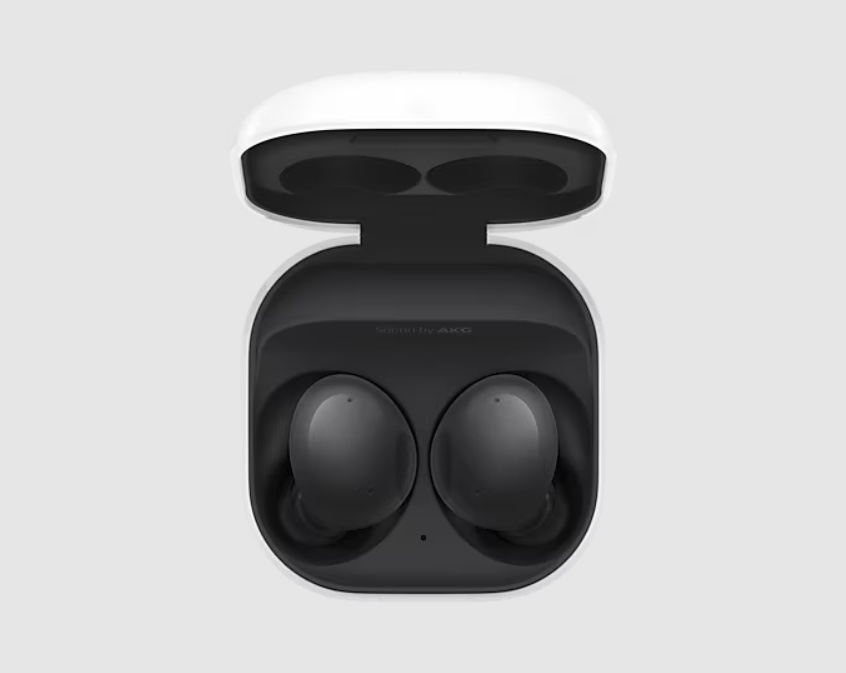
Samsung filed 6 trademark applications related to smart rings across various trademark offices around the world in Jul 2023. It has recently submitted documents to secure a trademark for the “Samsung Curio” moniker. Filed with the UK Intellectual Property Office (UKIPO), the latest trademark from Samsung concerns a product under the “Class 9” category. The description of this category includes smart rings and software for smart rings, as well as other forms of wearable devices, smartphones, and tablets. (Android Headlines, SamMobile)
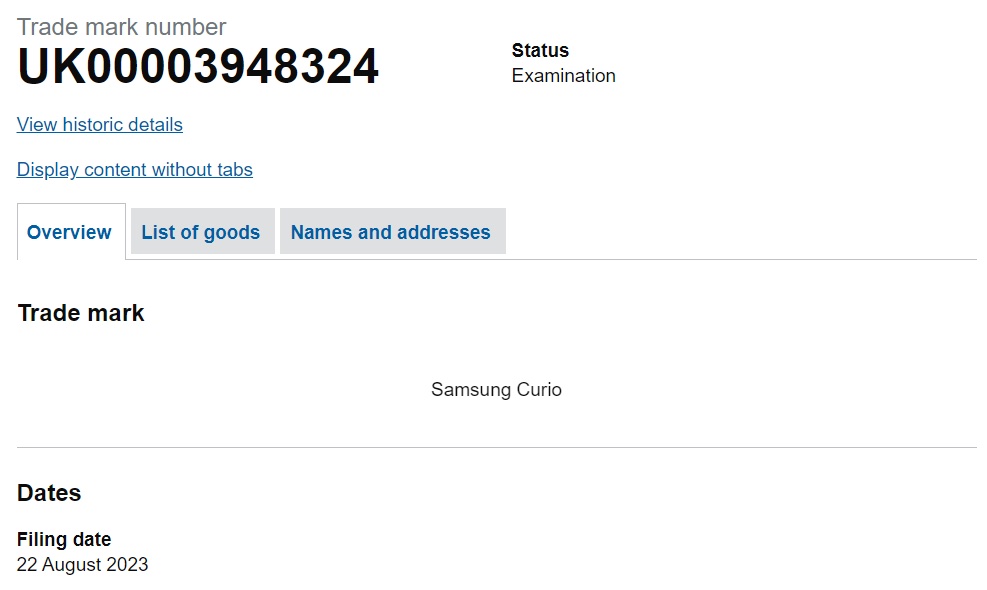

After the AR glasses development project known as Project Iris was quietly terminated, Google has focused on building a software platform for its partners’ hardware products. It is rumored that Google is seeking to create new cooperation in smart glasses. Based on the experience of Project Iris, it will develop a micro XR platform for glasses products. The goal is to find a partner by the end of 2023, which may be Samsung, and release products in 2025. At the same time, Google will acquire the Micro LED start-up company Raxium in 2022, and a group of teams are investing in the development of Micro LED displays. The goal is to apply its display technology to Google Glass products in 3-4 years. The basis for AR glasses development of Project Iris originated from North, a Canadian start-up company acquired by Google in 2020. It is a more fashionable version than Focals, North’s original product, adding services such as Google Maps and Smart Lens. Only one glasses has visual to be able to see AR. Although there is controversy about whether the glasses display content in color or black and white, it is controlled by the code-named “Alexandrite” to display content, and the processing core of the entire pair of glasses is a chip called “Alius”. (Android Headlines, 9to5Google, Business Insider, TechNews, Crast)


Microsoft and healthcare technology company Epic have announced an expanded partnership to integrate conversational, ambient, and generative AI technologies. The collaboration will focus on Epic’s electronic health record (EHR) system. In Apr 2023, two companies initially collaborated to use generative AI for better electronic health records. And now, they plan to rapidly deploy dozens of AI-powered solutions within Epic’s health systems. The companies aim to address critical healthcare needs like “workforce burnout to staffing shortages”. New capabilities powered by Microsoft Azure and its AI services include note summarization to boost clinical productivity, ambient clinical documentation embedded in Epic’s mobile app, and AI coding suggestions to streamline revenue cycle management.(Neowin, Microsoft, Healthcare Dive)
